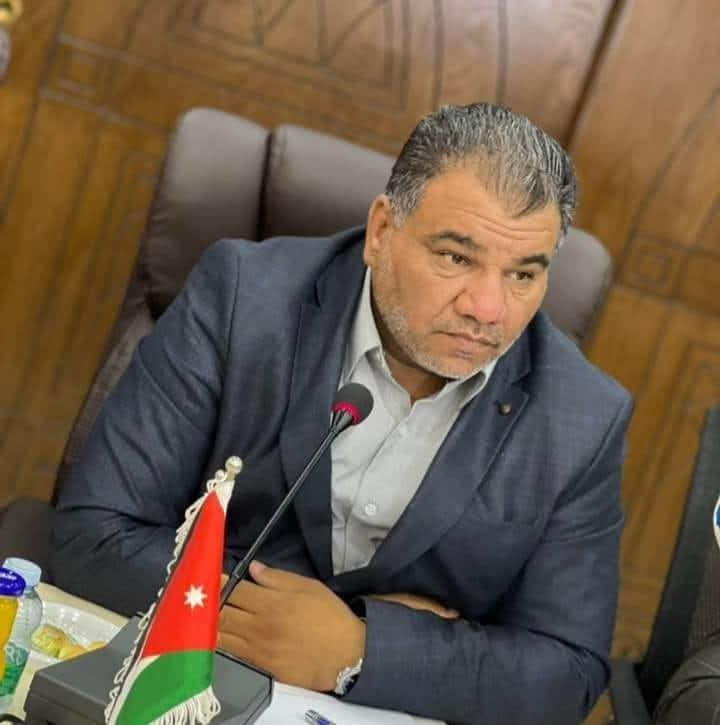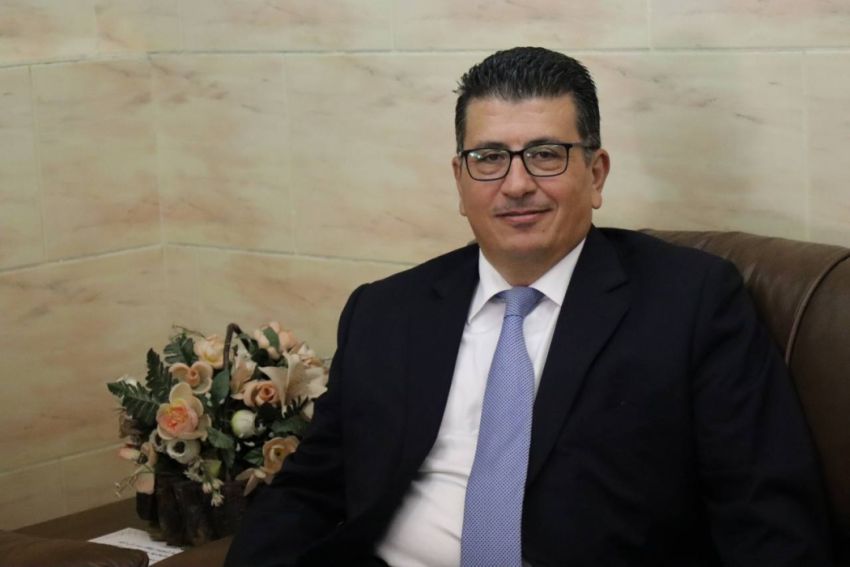
القلعة نيوز.
By Haifaa Ghaith
The ongoing war in the Gaza Strip represents one of the gravest contemporary crises, combining humanitarian catastrophe with escalating environmental destruction. This war is not limited to the heavy toll of lives lost and injured but extends its impact to the natural environment, mental health, education, and food and water security. The interlinkage of these environmental and human dimensions makes this conflict an existential challenge threatening the continuity of dignified life in the besieged territory. This article sheds light on the major environmental, psychological, and educational damages, as well as the lasting health repercussions of the ongoing blockade.
An Environment Under Fire: Invisible Yet Deadly Damage
Relentless air and artillery strikes targeting thousands of residential and vital facilities have released enormous amounts of smoke and pollutants from burning industrial materials such as plastics, metals, paints, and insulation. These fine particles suspended in the air settle deep in the lungs, leading to increased rates of chronic respiratory and cardiovascular diseases, particularly in densely populated areas where avoiding exposure is nearly impossible.
The environmental degradation has not been confined to air pollution alone; it has also reached Gaza’s underground water resources, the main source of drinking water for its residents. Sewage networks, treatment plants, and fuel storage facilities have been severely damaged, resulting in the leakage of untreated wastewater and toxic substances into deep aquifers. This contamination threatens the spread of serious diseases such as cholera, typhoid, and hepatitis, making access to clean and safe water even more challenging.
Agricultural lands have also suffered extensive destruction. Direct bombardment, coupled with chemical leakage from munitions and military vehicles, has damaged soil fertility, increased its salinity, and contaminated it with heavy metals. This deterioration undermines the future of local agriculture and exacerbates food insecurity in Gaza, where many families depend on farming for sustenance and income.
Psychological Impact: Invisible Wounds That Never Heal
The psychological scars of war are deeply etched into the consciousness of Gaza’s residents, especially children who live daily under the shadow of bombardment, fear, and deprivation. Scenes of loss and destruction have been repeatedly imprinted in their memories, giving rise to clear symptoms of post-traumatic stress disorder (PTSD), including chronic anxiety, insomnia, recurring nightmares, and a persistent sense of insecurity.
These accumulated traumas extend far beyond the immediate moment of conflict, shaping children’s personalities and behavior for years to come. Growing up in an environment dominated by violence and psychological instability increases the likelihood of adopting aggressive or withdrawn behaviors, while undermining their capacity for learning and social interaction. Such psychological breakdowns risk fostering greater societal violence and a deterioration in public mental health in Gaza’s future.
Education in the Crossfire: Children’s Futures at Stake
As the aggression continues, hundreds of thousands of children in Gaza have been denied their fundamental right to education, whether due to the destruction of schools, their conversion into shelters for displaced families, or the dangerous security situation preventing safe access to classrooms. This forced disruption threatens to rob an entire generation of their opportunity to learn, leading to rising illiteracy rates, diminished cognitive and social skills, and reduced chances of future employment. In turn, this deepens cycles of poverty and increases reliance on humanitarian aid.
The Blockade: Strangling Daily Life and Public Health
The blockade imposed on Gaza for years, now compounded by intensified military escalation, has deprived residents of sufficient food, fuel, medicines, and essential supplies. These harsh conditions have led to widespread malnutrition, particularly among children and pregnant women, resulting in stunting, underweight, and weakened immune systems that heighten vulnerability to infectious diseases.
Water scarcity and contamination have become a dual crisis. The deterioration of water infrastructure has forced many families to rely on saline or polluted water sources, leading to the spread of gastrointestinal diseases such as diarrhea and dysentery, as well as kidney diseases due to high salt content. The collapse of health services has increased rates of chronic illnesses and raised the threat of epidemics.
Children, with their inherent physical and emotional sensitivity, bear the brunt of these circumstances. Malnutrition, environmental pollution, and lack of healthcare services slow their physical and mental growth, impacting their quality of life far into the future.
A Final Word: A Catastrophe Demanding Urgent Global Action
What is unfolding in Gaza is not merely a temporary crisis, but a multifaceted catastrophe that threatens the foundations of life in the long term. Environmental pollution, agricultural collapse, psychological trauma, educational deprivation, and the worsening hunger and thirst crisis are interlinked factors that warn of a bleak future for generations to come.
Overcoming this disaster requires immediate, serious international action, including lifting the blockade, funding reconstruction efforts, rehabilitating infrastructure, and expanding mental health and education programs. Only through these measures can the Palestinian people reclaim their dignity and secure their right to live safely in a stable environment that enables them to build a future free from the ravages of war and destruction.
By Haifaa Ghaith












